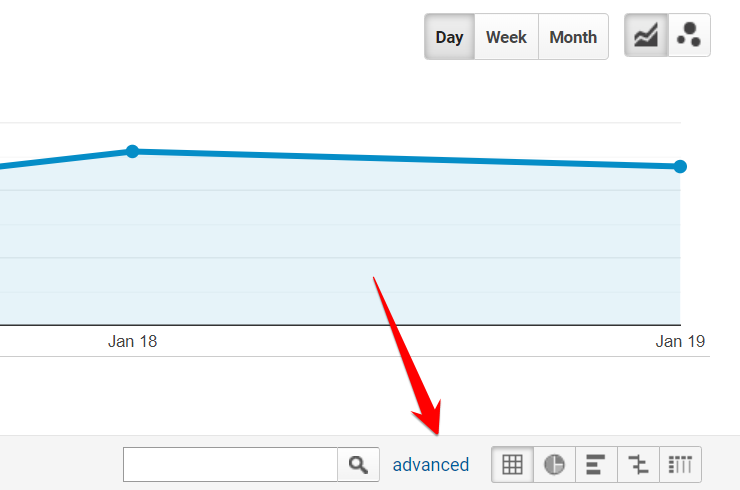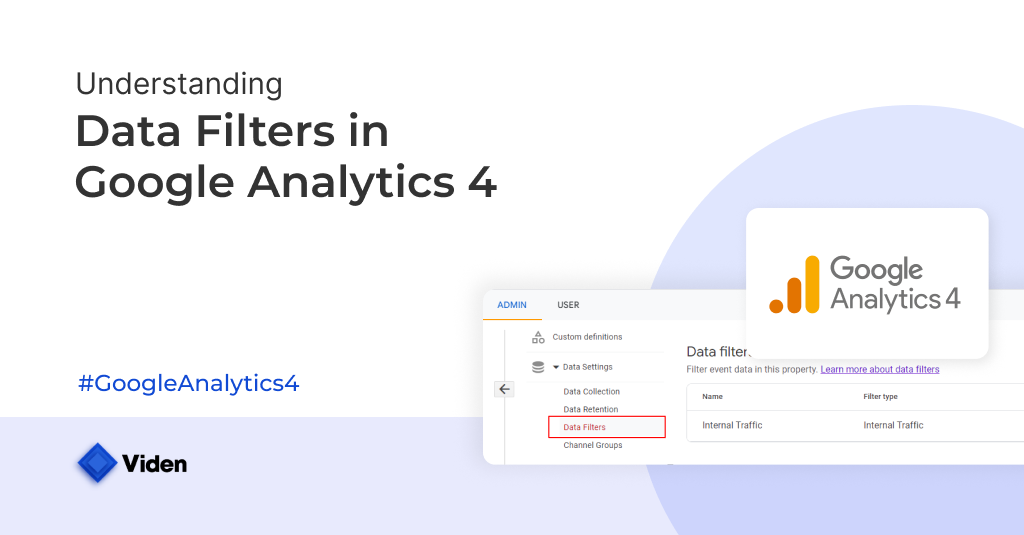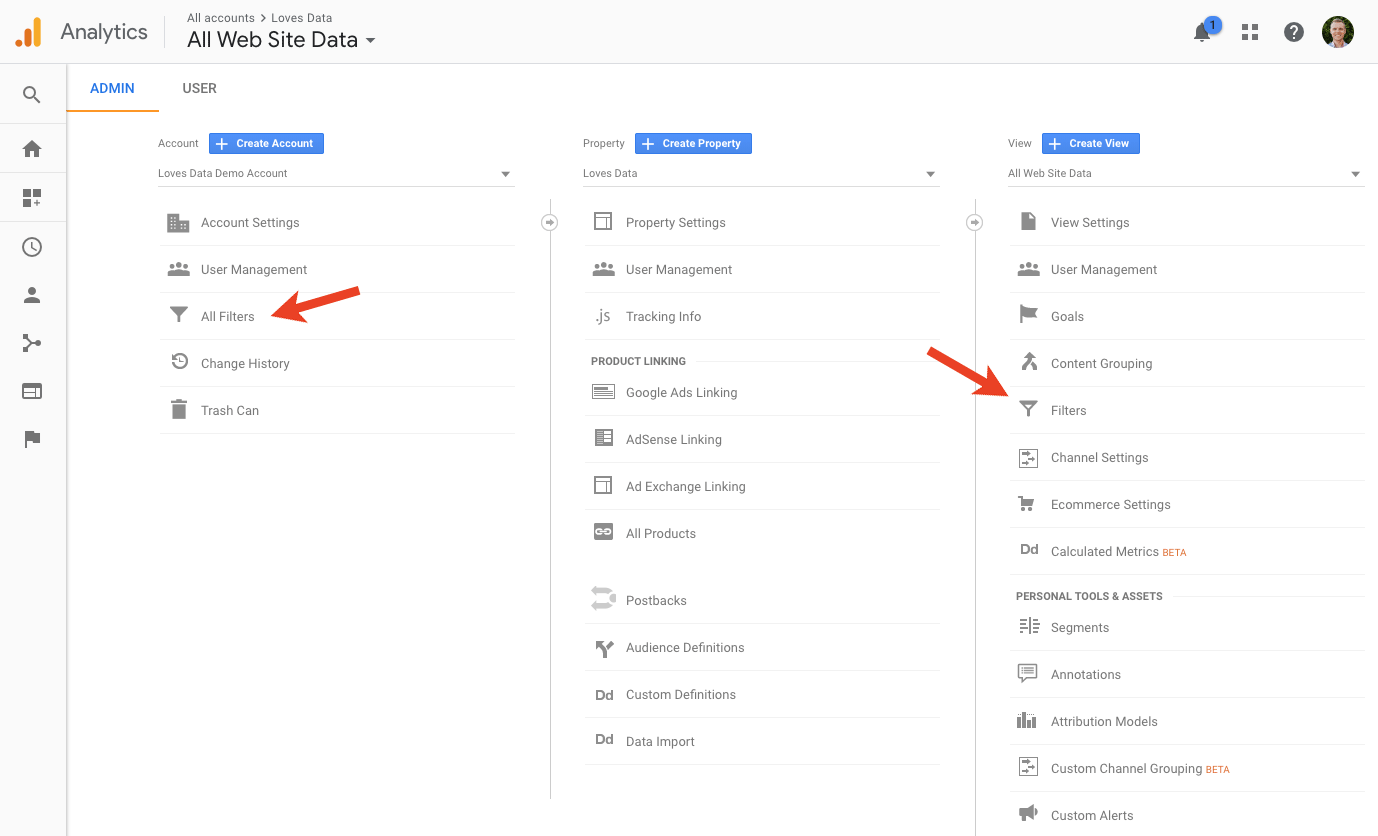Some Ideas on In Which Order Does Google Analytics Filter Data You Should Know
Wiki Article
The Ultimate Guide To In Which Order Does Google Analytics Filter Data
Table of ContentsThe Ultimate Guide To In Which Order Does Google Analytics Filter DataThe Ultimate Guide To In Which Order Does Google Analytics Filter DataThe Of In Which Order Does Google Analytics Filter DataIn Which Order Does Google Analytics Filter Data - An Overview
g. use comparison drivers on measurements) then you need to define the worth as JSON. Conditions that let you limit the collection of sessions or users your inquiry puts on. Sectors can be specified in one of two styles: For instance, any one of the following are valid worths for the sectors parameter.If you need to do advanced division (e. g. use contrast operators on dimensions) then you have to define the worth as JSON. The optimum number of outcomes that will be returned for a record. If this parameter is left blank, all outcomes are returned. For records that you expect to return thousands or millions or outcomes, it's a good idea to establish a limitation.
Note, you should have edit approvals on the spreadsheet to utilize this feature. This alternative is useful if experimenting with a brand-new record and also you do not desire to run all your reports up until you're completed.

Unknown Facts About In Which Order Does Google Analytics Filter Data
Make certain not to puzzle this with the term "Google Account": One can contain as much as 25 Google Analytics accounts (have a look at this post if you reach this limitation yet wish to have greater than 25 accounts). Please note that in some locations Google makes use of the term rather than, but as far as I can inform, both terms stand for the same entity as well as I will certainly make use of the term throughout this post.
You can resolve the general information sampling problem by developing parts of your information using views but that only aids with standard reports (In Which Order Does Google Analytics Filter Data). Because session sampling is done on the property level, creating multiple views will not avoid data sampling when applying advanced segments or creating customized records. You can locate even more info regarding information sampling right here
From my past experience, Google does process more than this amount, but I'm not sure if it refines every one of the information, or simply greater than this mentioned restriction. If you have even more than 200,000 visits a day, Google processes the data daily which could result in a delay of two days in your information refreshness.

9 Simple Techniques For In Which Order Does Google Analytics Filter Data
g., one for the major description site, one for the blog site, and one for the assistance site), then you will certainly not be able to inform the number of users in overall seen your brand's buildings (as the user that saw the main website and after that the blog site will certainly be counted twice rather of simply once).Otherwise, assume what their overall bounce rate would be, or their conversion price from check outs resource to registration, if their blog site was defined as component of their main site building. When I've made a decision to divide the website right into a number of buildings, I like to start at the end as well as job in reverse, initial analyzing each section as well as determining which of them should have a separate residential property.
As each internet property is, in many situations, targeted at a different audience type (with different behaviors), it makes good sense to separate the main site from the service site, equally as it makes sense to separate the blog, the support website, and also the touchdown web pages. My regulation of thumb is to separate a website right into buildings based upon the characters that will certainly be making use of the website.

The Ultimate Guide To In Which Order Does Google Analytics Filter Data
You get the picture. If KISSmetrics just had one residential or commercial property, with a lot more blog viewers than paying clients, their overall logical metrics would be inaccurately affected by the blog viewers. There are two choices that can be utilized rather than several buildings: Google Analytics enables you to segment the information (using sophisticated segmentation) or you can divide the segments right into separated sights.Be careful, however, if you pick either of these approaches, as I will certainly now clarify. The sophisticated segmentation attribute is taken into consideration less effective for long term division functions. It is a fantastic means to run ad hoc questions, but if your search engine optimization supervisor has an interest in one certain section, she will certainly have to re-choose this section each time she checks out the information.
Report this wiki page